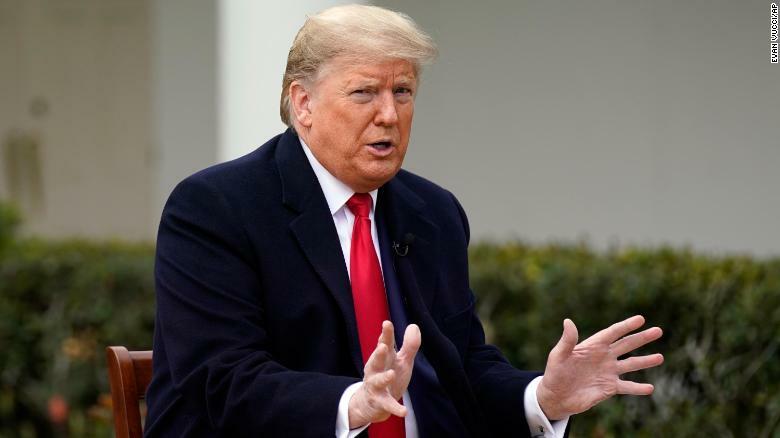President Donald Trump has signed an executive order creating a new immigration option called the “Gold Card” visa. The program offers permanent U.S. residency to individuals who contribute at least $1 million to the federal government.
Alongside the Gold Card, Trump also approved a rule requiring companies to pay a $100,000 yearly fee if they want to sponsor foreign employees under the H-1B visa program. A government website promoting the initiative features a mock version of the Gold Card with Trump’s image, signature, a bald eagle, and the Statue of Liberty.
Under the policy, applicants must pay $1 million to the Commerce Department. Companies may also sponsor people if they contribute at least $2 million. Before receiving the card, candidates must pass background checks by the State Department and Homeland Security, plus pay a $15,000 vetting fee.
Commerce Secretary Howard Lutnick said about 80,000 Gold Cards will be issued, though the program is still in its early stages. He also confirmed that the new system will replace existing EB-1 and EB-2 visas, which previously granted green cards to highly skilled professionals.
The H-1B changes could significantly affect the tech industry, where companies like Amazon rely on the visas to hire foreign talent. Supporters say the program is essential to fill worker shortages, while critics argue it allows firms to undercut American wages. Trump, however, dismissed concerns: “I think they’re going to be very happy,” he told reporters.
The administration is also weighing a “Platinum Card”, which would require a $5 million investment and allow holders to stay in the U.S. for up to 270 days without paying taxes on foreign income. Unlike the Gold Card, it would not lead to citizenship and would need approval from Congress.




